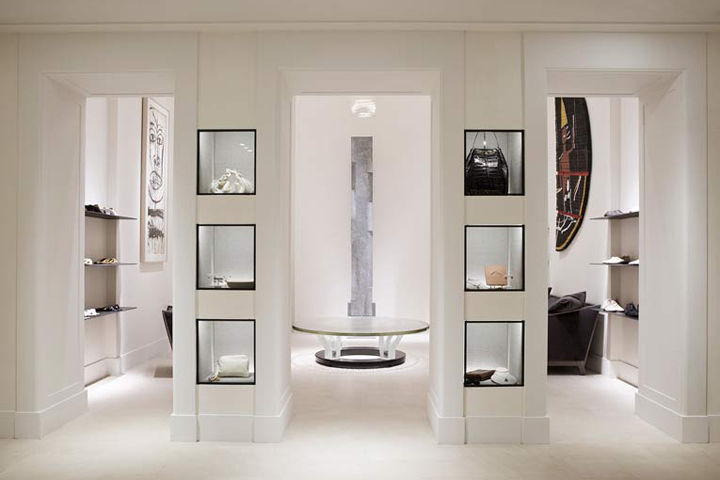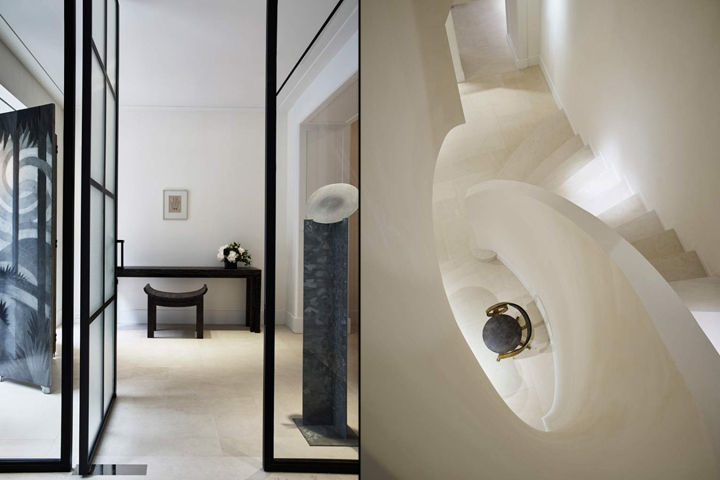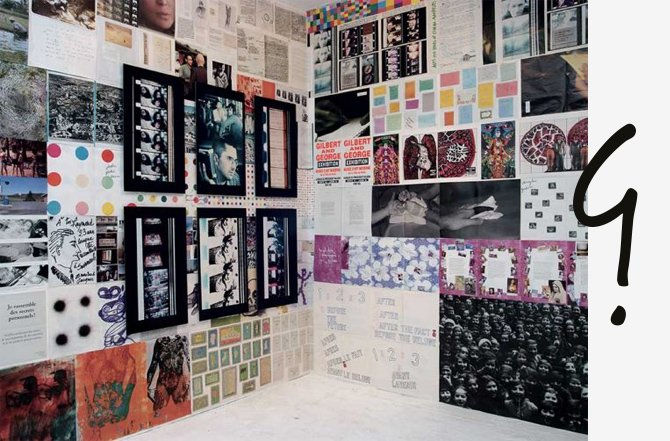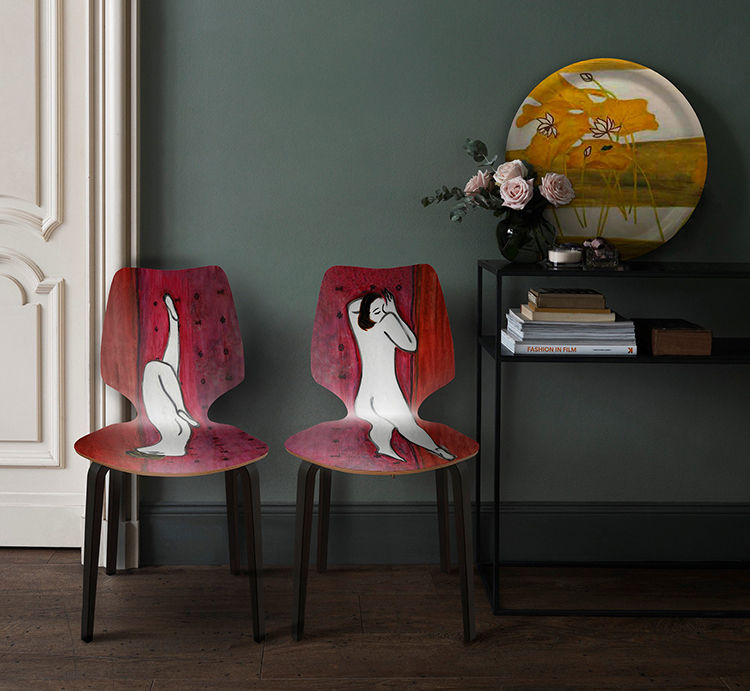Is an art gallery a must for future fashion retailers?
- Yuna Cheng

- Dec 8, 2020
- 4 min read
When the world's leading brands created new stores in various countries, they seemed to have established a certain principle that flagship stores must have art galleries. In Japan, for example, there are Louis Vuitton's Espace Louis Vuitton (Omotesando), Chanel's CHANEL NEXUS HALL (Ginza), Hermes' Ginza Maison Hermès (Ginza), and so on. Each gallery has a professional curator who is responsible for creating ideas and holding various unique exhibitions. Among them, the most unique exhibition is Chanel’s NEXUS HALL, which not only holds various art exhibitions but also holds classical music concerts.


WHY?
These activities are not only social enterprise activities that showcase brand values and artistic events but also help to enhance their most important intangible asset, the brand image. Brand image is a major factor that influences corporate value, and it is also an important part of business strategy. Compared with other industries that only regard art activity as a sponsorship event, luxury brands use art as a product strategy. For example, Louis Vuitton has collaborated with world-class artists such as Takashi Murakami and Yayoi Kusama to launch products for a limited time, whilst Coach collaborated with Basquiat for their most recent bags collection. The window and the in-store visual display are also following the same direction to showcase the concept.
On the other hand, from a more realistic point of view, arts and cultural activities are actually a very clever way to reduce taxes for those big conglomerates and companies. Cultural philanthropy not only enriches the art sector of a country but also provides attractive tax incentives for donors. That is why in the fashion capital Paris, we are seeing luxury conglomerates such as LVMH (Louis Vuitton Foundation), Richemont (Cartier Foundation for Contemporary Art) and Kering (Musée Yves Saint Laurent Paris) are opening their door to new sectors in the world of art. By donating art and money to museums or even establishing their own foundations, luxury conglomerates earn not only their brand image and create new means to increase public engagement but also cut down their corporate tax bill.

Art is not the privilege of luxury brands
However, art and cultural activities are not limited to luxury brands. Many independent brands or concept stores and multi-brand boutiques often operate physical stores in the form of artistic cooperation. Agnès b. usually turns their boutique into a photography gallery, showcasing the photograph works by the creative director Agnès and inspiration of the collections. The minimalist sculptures and furniture are interspersed in the boutique of The Row with clothing collections highlighting The Row’s aesthetic of simplicity. As long as the choice of the art pieces resonates with the brand's values, without expensive treasure paintings passing down through
generations as large conglomerates possess, the works of emerging artists that meet the brand aesthetic can also present the brand’s dignified style.




For emerging younger designer brands, inserting art into their business can also be a good way to generate buzz in the community and customers, and further, improve the social visibility of the brand. Through licensing collaborations with national museums, Just In XX, a Taiwanese designer brand implemented the idea of transforming ancient artworks into their fashionable pieces and successfully built up their visibility in the country as well as impressed the New York Fashion Week. In their boutique, you won’t see the real ancient artworks, but you can easily recognize the transformed pieces as a chair, a plate, or a poster on the wall and every other corner in the space that resonates with their clothing collections.


Looking toward the future
Known for artistic collaborations, the British high-end department store Selfridges seized the opportunity in the virtual world. An ambitious attempt “The new order” kicked off its AW2019 campaign by inviting 5 digital creatives to imagine the future of fashion and shopping, and pushed the visual content approach into new territory. The resulting digital projects included an AR installation that turns the atrium of its Oxford Street store into a swirling water column filled with luminous sculptures; an interactive 3D makeup try-on photo booth; and a series of 3D set design shoppable window displays with the surreal concept of clothing walking without models. With purposefully keeping an open brief and creative freedom, Selfridges collaborates with artists because of the admiration of their works, and hopes their creativity can bring the new way of visual communication into unexpected new experiences. Initially, it was just an experimental project, but it turned out to bring unlimited feasibility and business opportunities in the future.


“New ideas are sparked by radical times, so we asked ourselves, which were the best innovations to take forward into the 2020s?” -- Emma Kidd, director of creative direction at Selfridges.

The relationship between the brand and the artist is a kind of cooperation that recognizes each other's values, which are the corporate value of the enterprise and the existence value of the artist itself. Different tiers of fashion brands have different approaches to combine art with their business. The function of the physical boutique has evolved into a more experiential approach since the rapid development of technology that made digitization more common and complete throughout industries. By combining with art, the future of physical boutique is going to be as a destination for entertainment and physical interaction venues instead of only a place for commerce. Through cooperation, the connection between art and fashion can be strengthened, and art can be integrated into our daily lives in a more approachable way, thereby establishing a win-win relationship.






Comments